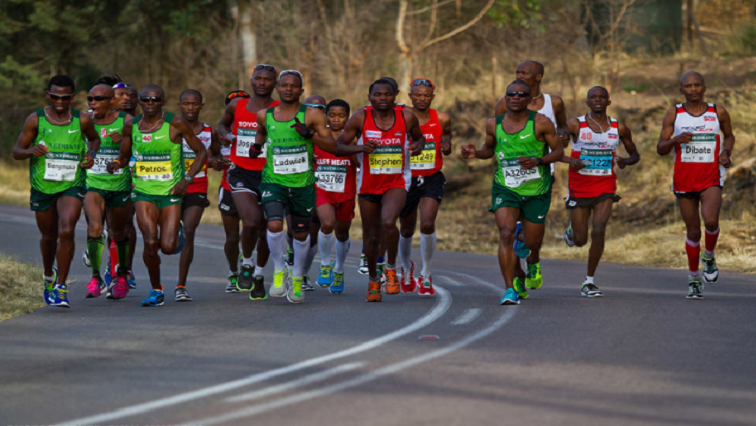This year’s Comrades Marathon will take place on the last Sunday of Women’s Month. But it may come as a surprise that the history of women in South Africa, and arguably the world’s, greatest ultra marathon is not very long. It started a long time ago, but without recognition, and with long gaps in participation.
The first women to run the race had to do so unofficially. Frances Hayward completed the race way back in 1923, in only the third edition. 68 men started, 30 finished, and she actually beat one of those finishers in a time of 11 hours 35 minutes.
Between 1931 and 1933, Geraldine Wilson ran it, improving her time from over 11 hours to just more than 9 and half. She was the first to do both the up and down run, again unofficially.
After that, no woman is recorded as having completed the race until 1965, the first race for the legendary Mavis Hutchinson. The following year the women’s (unofficial) winner was Maureen Holland, who went on to win four times after women became regular entrants from 1970 onwards.
It was only in 1975, in the 50th edition, that the Comrades became a truly open event, with no restrictions on race or gender. But only two women officially entered, and Elizabeth (Betty) Cavanaugh won after Mavis Hutchinson faded badly. But she became the first women to officially be awarded a Comrades medal.
Betty Cavanaugh was hailed as a woman ahead of her time. She died in 2020 at the age of 89.
Lettie van Zyl won the next three, as slowly more women started taking part. But by the end of the decade there were still only 17 at the start, compared to 3000 men.
The decision to include women in 1975 wasn’t as behind the times as it may seem. Katherine Switzer ran the Boston Marathon officially in 1967, but she was pushed and shoved to a point that organisers decided not to allow women to run, for their own safety they said, until 1972. The New York Marathon allowed women to run in 1974, and London only had an elite women’s race from 1981. The first Olympic Marathon for women was in Los Angeles in 1984.
The 80s saw an explosion of interest from women in the Comrades, many of whom had begun making their mark in marathons around the world. Isavel Roche-Kelly was the woman to beat through the first half of the decade, before the years in which Lindsey Weight and Helen Lucre provided each other with some tough battles. They brought the women’s winning times, for both the up and down runs, to around 7 hours. By 1987, women were doing what many men had declared impossible – the top nine all earned silver medals, finishing the race in under 7 and a half hours.
Then came Frith van der Merwe. She was 6th in 1987, and won in what was thought to be a remarkable time of 6 hours 32:56 in the following years up run. But it was the 1989 down run that remains in the record books to this day. She had already set records at the Two Oceans and world records in the 30- and 50-mile distances earlier that year. Many thought she’d done too much. Running from the front as usual, she finished in 5hr:54’43”, more than an hour ahead of the woman in second, and 15th overall. Only three women since then have broken 6 hours, all on the down run. The most recent was Gerda Steyn, in the last race before the pandemic in 2019.
In 1994, Russian Valentina Lyakhova won the race, starting a foreign dominance that would continue for the next two decades. With the exception of Rae Bischoff in 1998, foreign athletes took the women’s title every year until 2014. Ten of those titles went to one of the Russian Nurgalieva twins, usually Elena, but twice to Olesya.
South African women took the title back after that, although none of the winners were really close to the 6 hour mark. American Camille Herron’s winning time in 2017 was 6:27:35, the slowest since 1999. She’ll be back this year.
Gerda Steyn took the 2019 race by storm, setting an up run record of 5:58:53. But she won’t be back for a delayed defence of her title – she has decided instead to have a go at the New York Marathon in November. She’ll have to improve her best standard marathon time by around 8 minutes if she wants to challenge the top class field of east African and American runners also in the elite field.
That leaves this year’s field wide open. But what we do know is this year’s race will see 3027 women at the start, quite an improvement on the two that started officially in 1975.


